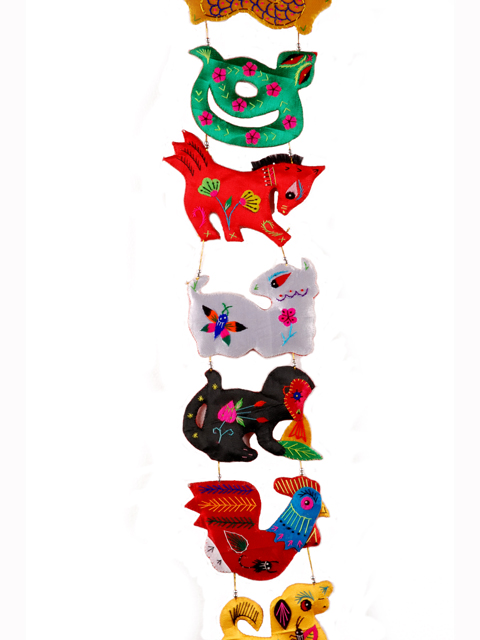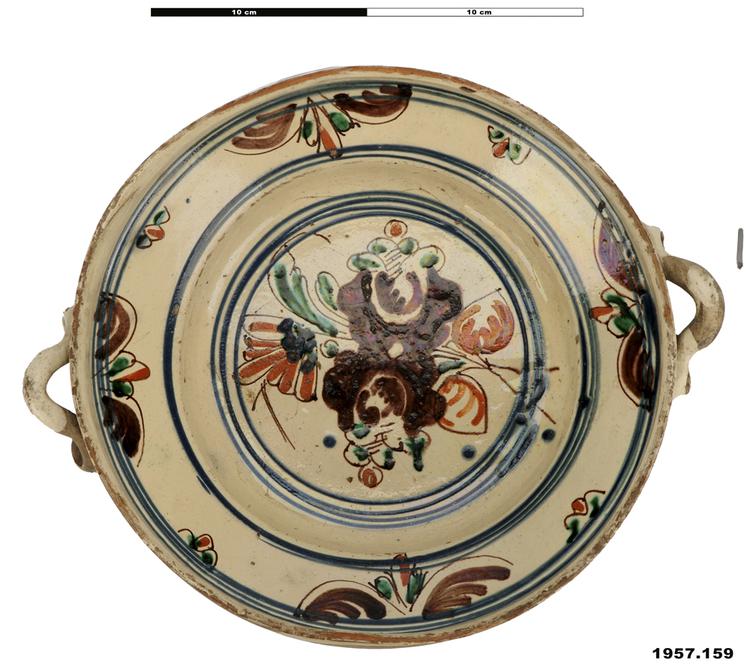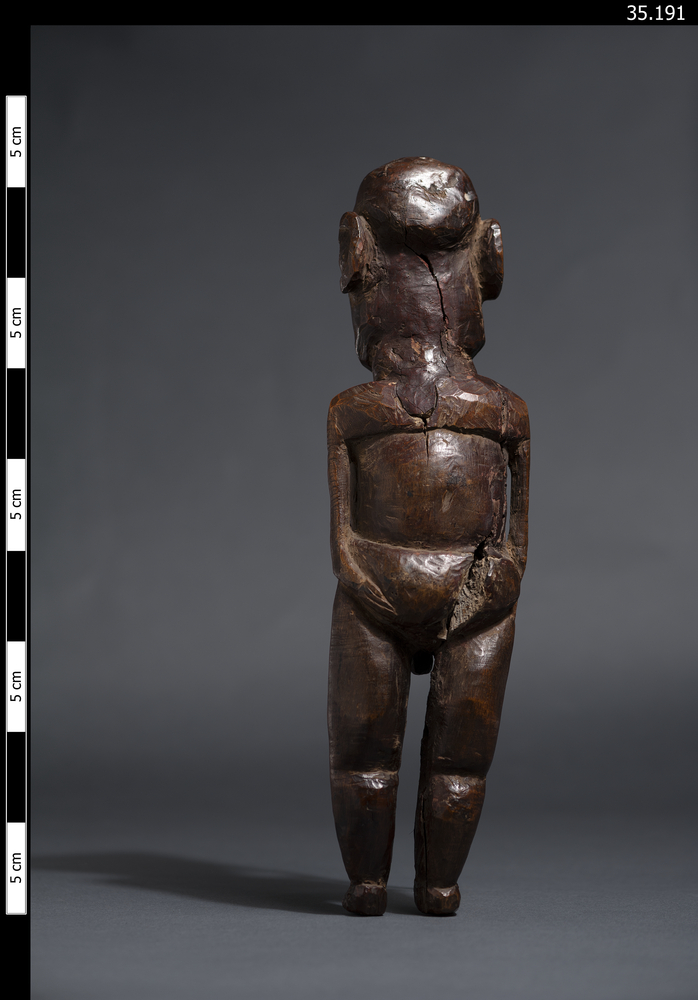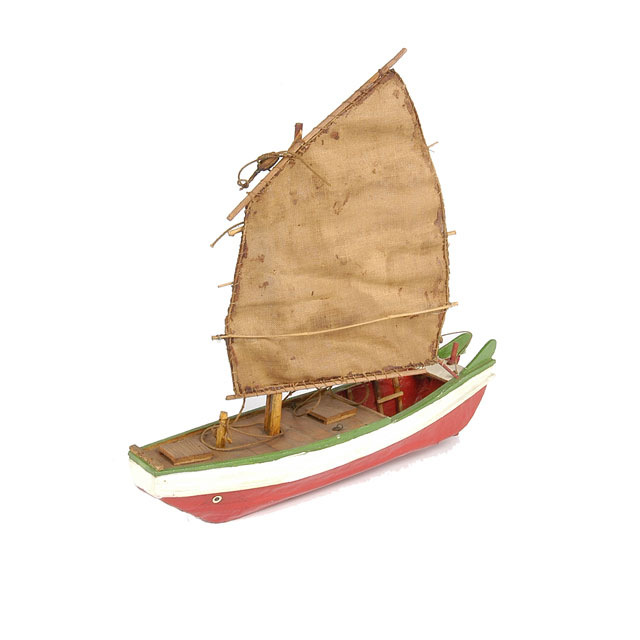Wrap
Clothing Mat, Chuuk Group, Caroline Islands, Western Micronesia. The peoples of Micronesia widely used a technology that was known in only a handful of places across the vast swathes of Polynesia and Melanesia, and completely unknown in Australia: the loom. With a simple version of this remarkable tool, the Micronesians wove incredibly fine mats to be worn as clothing. The Chuuk group in the central Caroline Islands is a complex cluster of several closely-related island cultures. The merchant mariners of Puluwat island played a vital role in circulating mats (among many other commodities) between the various islands in the group. In general, some islands specialised in the manufacture and export of fibre creations (weaving mats, making fishing nets, plaiting ropes) while other islands specialised in boatbuilding and other forms of woodworking. Mats were an important and valuable form of wealth in the Caroline Islands, and sailors caught out at sea in the makings of a storm made offerings of the mats they wore to the gods of the ocean, in order to soothe their anger. Similarly, when master mariners were asked to give navigation training to young men who were neither a member of their clan, nor their own sons, the standard price they asked for such an apprenticeship was 100 fine mats such as this. Banana leaf fibres (Musa spp.), Hibiscus leaf fibres, vegetable pigment. Late 19th Century. Formerly in the private collection of Mr. C. H. Kent.






